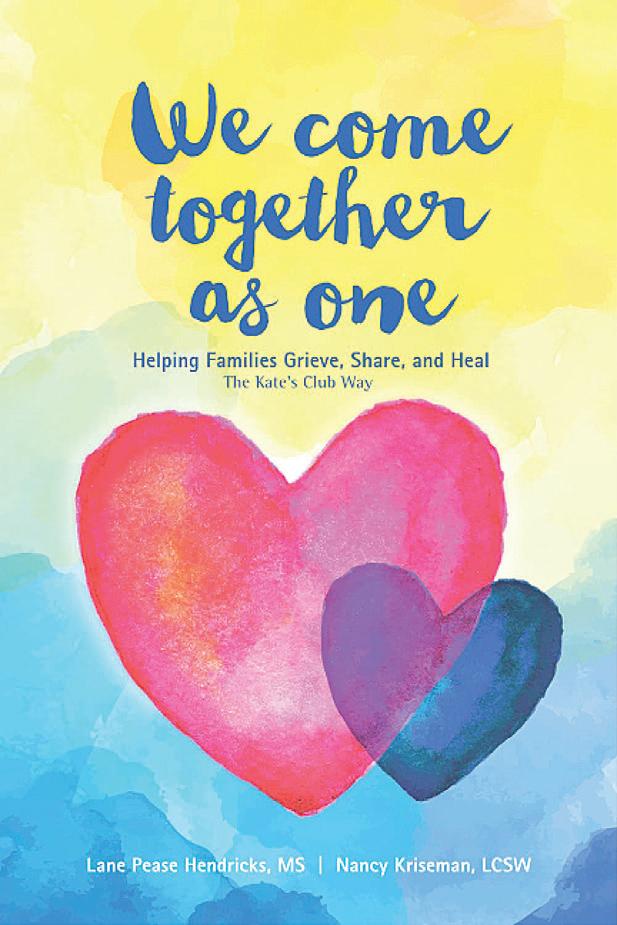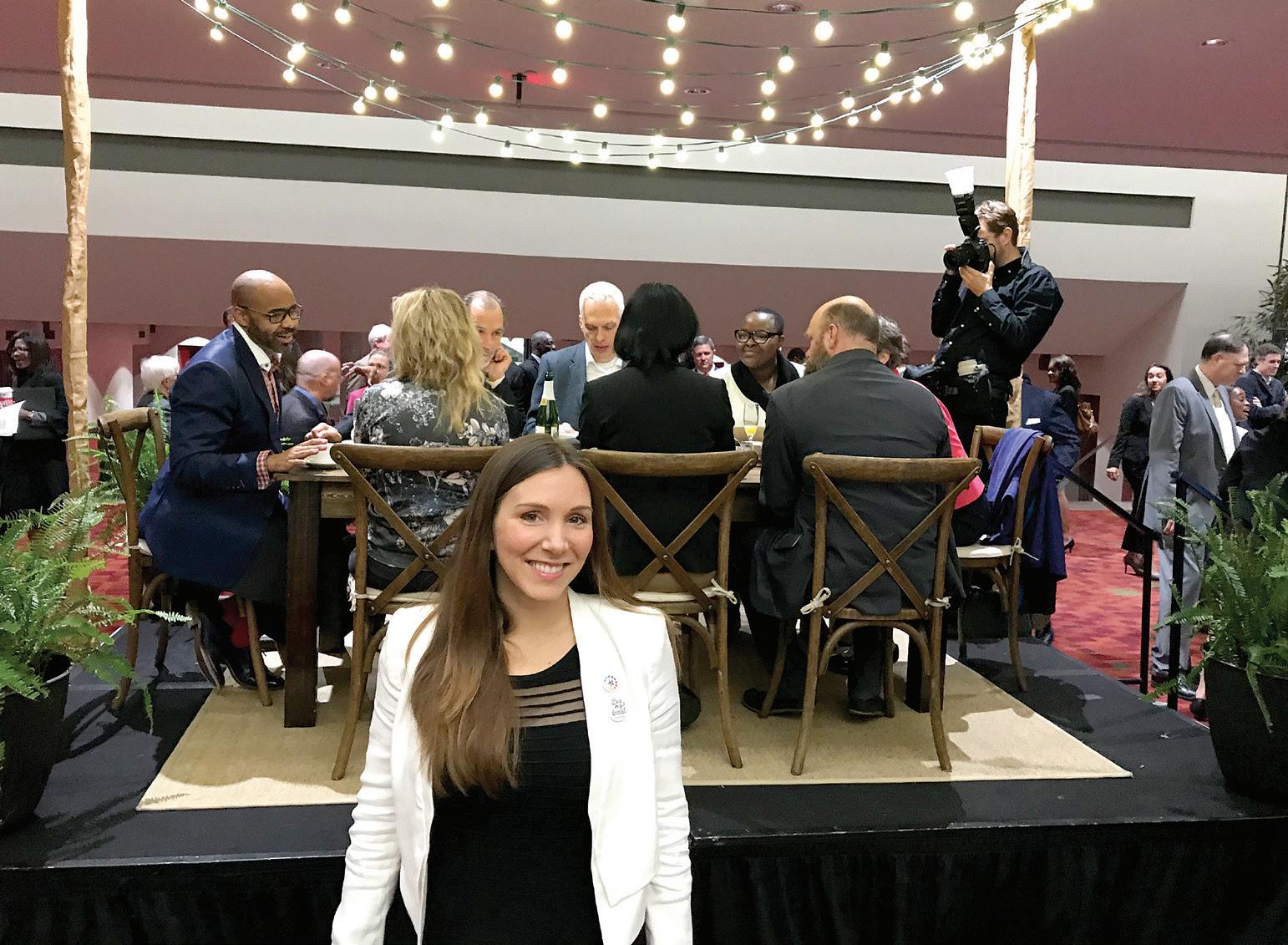‘Birth of Atlanta’ gets new life at Westside Park Inside the Arts Camille Russell Love
Camille Russell Love Love has been executive director of the City of Atlanta Mayor’s Office of Cultural Affairs (@atlantaoca) for more than two decades.
Atlanta was not always Atlanta. When the Georgia General Assembly voted in 1836 to build the Western and Atlantic railroad, engineers identified the area that is now Five Points as the location for the zero milepost. The railroad would serve as a link to railroads in the north and provide a connecting point from the port of Savannah to the Midwest. Within a year, the settlement that developed would be called Terminus – more a descriptive moniker than a true name. Similarly, the eponym Thasherville gained popularity, as John Thrasher built the town’s first general store and homes (more accurately, rough shelters) for the many laborers he brought in to help build
embankments for the railroad. In 1843, Marthasville was incorporated (a nod to then-governor Wilson Lumpkin’s daughter). Ultimately, the railroad would win. The Georgia General Assembly voted to name the
F E AT U R E D H O M E S
FOR SALE
JUST LISTED
688 E. MORNINGSIDE DRIVE Atlanta, Georgia 30324
2372 DEFOORS FERRY ROAD Atlanta, Georgia 30318
OFFERED FOR $1,350,000
OFFERED FOR $524,900
WITH OVER 20 YEARS OF EXPERIENCE AS A REALTOR®, CALL ME FOR ALL OF YOUR REAL ESTATE NEEDS.
CARMEN POPE c. 404.625.4134 | o. 404.874.0300 carmenpope@atlantafinehomes.com atlantafinehomes.com | sir.com Atlanta Fine Homes, LLC fully supports the principles of the Fair Housing Act and the Equal Opportunity Act. Each franchise is independently owned and operated.
36 SEPTEMBER 2021 |
city Atlanta (the feminine form of Atlantic) in 1845, and again in 1847. What those early residents could not foresee is that their newly christened city would be in ruins barely two decades later. Rumblings of war were audible decades before the insurgents fired shots on Fort Sumpter. The enslavement of Blacks, literally, was tearing families and the country apart. As the Civil War raged on (1861-1865), the very industry that built Atlanta and made it a transportation hub also made it a target. The Confederacy used Atlanta as a distribution center to efficiently move munitions throughout its military theater. After a summer-long siege on Atlanta in 1864, General William Tecumseh Sherman and his troops captured the city in September. Two months later, November 11, 1864, Sherman instructed his men to burn Atlanta’s remaining military assets and began his famous March to the Sea – the city destroyed and left burning behind them. None of us alive today can fully imagine how the city looked – the near-total destruction. Within months of the war’s end in 1865, all five railroad lines were rebuilt and operational. By 1867, some 20,000 people had moved to the city and started to rebuild. In 1868, the state capitol was moved from Milledgeville to Atlanta. And by the early 1880s civic and business leaders adopted a “New South” vision for Atlanta and for the region. Morehouse and Spelman Colleges were founded in 1867 and 1881, respectively. In 1887, the Phoenix replaced the locomotive as the city symbol. The Georgia Institute of Technology opened its doors in 1888, and Agnes Scott College in 1889. By the turn of the 20th century, the population of Atlanta was almost 90,000 strong – 40 percent of whom were African
American. In just over two decades the city that had been completely decimated not only was back bigger and better than it had been, but also the city had become a major business, transportation, and economic hub in the region. Most of us who live in Atlanta, including those born here, do not fully appreciate the almost time warp-speed with which Atlanta recovered from its post-Civil War destruction. It is this history, though, that so binds us to the symbolism of the Phoenix – that mythical Greek bird that forever regenerates itself – rising again, and again from its ashes. Moreover, it is this legacy Atlanta brought to bear on the 1996 Summer Olympics. The Corporation for Olympic Development in Atlanta (CODA) commissioned artist and architect Amy Landesberg to create a piece that commemorated the founding of Atlanta. CODA asked Ms. Landesberg to design a piece that would “evoke a mood of dignified resilience, renewal, and restoration - a testament to Atlanta’s persistent vitality.” Ms. Landesberg’s creation, The Birth of Atlanta, did just that. A design and architectural masterpiece, The Birth of Atlanta is an abstract reference to the Phoenix and measures 32 ft. by 45 ft. It consists of a steel frame with seven pairs of perforated metal “feathers and wings” outstretched, as if in flight. The Birth of Atlanta was initially installed above Heritage Row in Underground Atlanta. When the City of Atlanta sold the Underground Atlanta property in 2016, the sculpture was disassembled for restoration with plans to reassemble the structure at its new home, Westside Park. The relocation was managed by the City of Atlanta Mayor’s Office of Cultural Affairs Public Art Program, and it was accomplished with funding assistance from Renew Atlanta. The monument is now prominently displayed at Westside Park for visitors to enjoy. In congruence with its “flight” to a new home, The Birth of Atlanta also received addressable lighting, further rendering its focus as a wayfinding landmark by uniting form and function. This new feature amplifies the modernity and relevance of this elegant work of art. The lights can be programmed to display a full spectrum of colors, offering limitless possibilities for environmental customization. Now a quarter-century old, The Birth of Atlanta begins a new chapter. Rising from the ashes of its Olympic heyday, it is poised, once again, to remind us of our legacy of dignified resilience, renewal, and restoration. At l a n t a I n t o w n Pa p e r. c o m


















